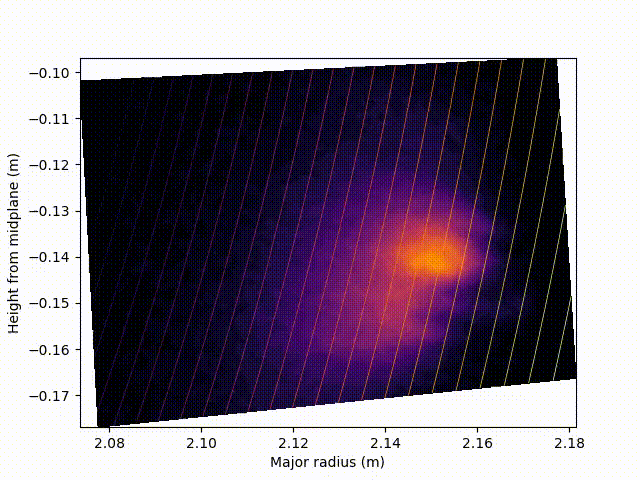Turbulence
Contact persons: Ben Dudson, István Cziegler and David Dickinson

Turbulence occurs in many systems, on scales from a cup of tea to galactic clusters. It consists of nonlinear, interacting fluctuations, driven by a source of free energy. Understanding turbulence is a grand challenge, and one of the unsolved problems of classical physics.
A decisive feature of turbulence, velocity fluctuations act efficiently to transport momentum, heat and mass across the entire turbulent medium. In fusion experiments turbulence is responsible for most of the transport from the hot core of the plasma to the edge. For a significant amount of steady fusion output the core plasma must be over 100 million degrees C and stay clean, e.g. of its own helium ash. Turbulent transport cools the plasma, but also helps remove impurities. Controlling turbulence would allow fusion reactors to be smaller and cheaper to build and more robust for steady-state operation.
To make progress in this field requires a close interaction between theory, simulation and experiments. We collaborate with researchers at the Culham Centre for Fusion Energy (CCFE), the Plasma Science and Fusion Center (PSFC) at MIT, the Max Planck Institut für Plasmaphysik (IPP), and other laboratories around the world. Several of our PhD students spend significant amounts of time at these facilities as part of their studies.
For further information, please click here
